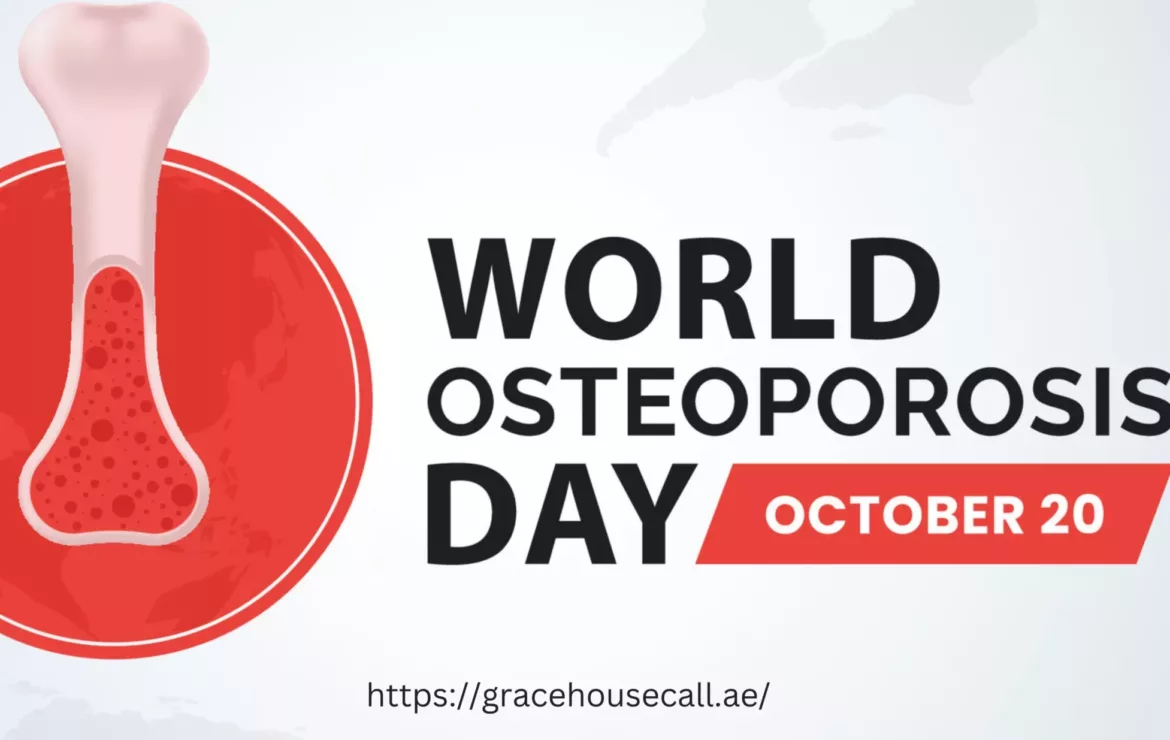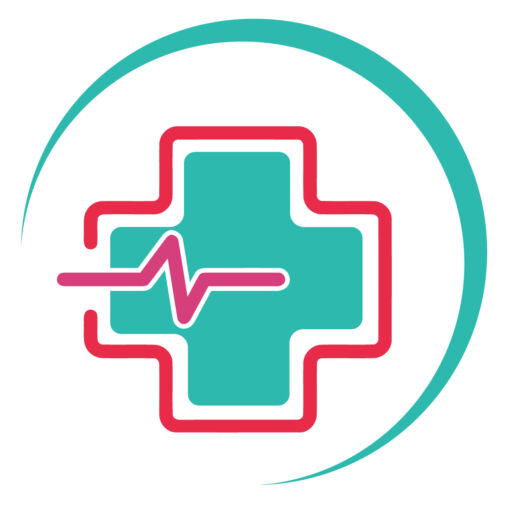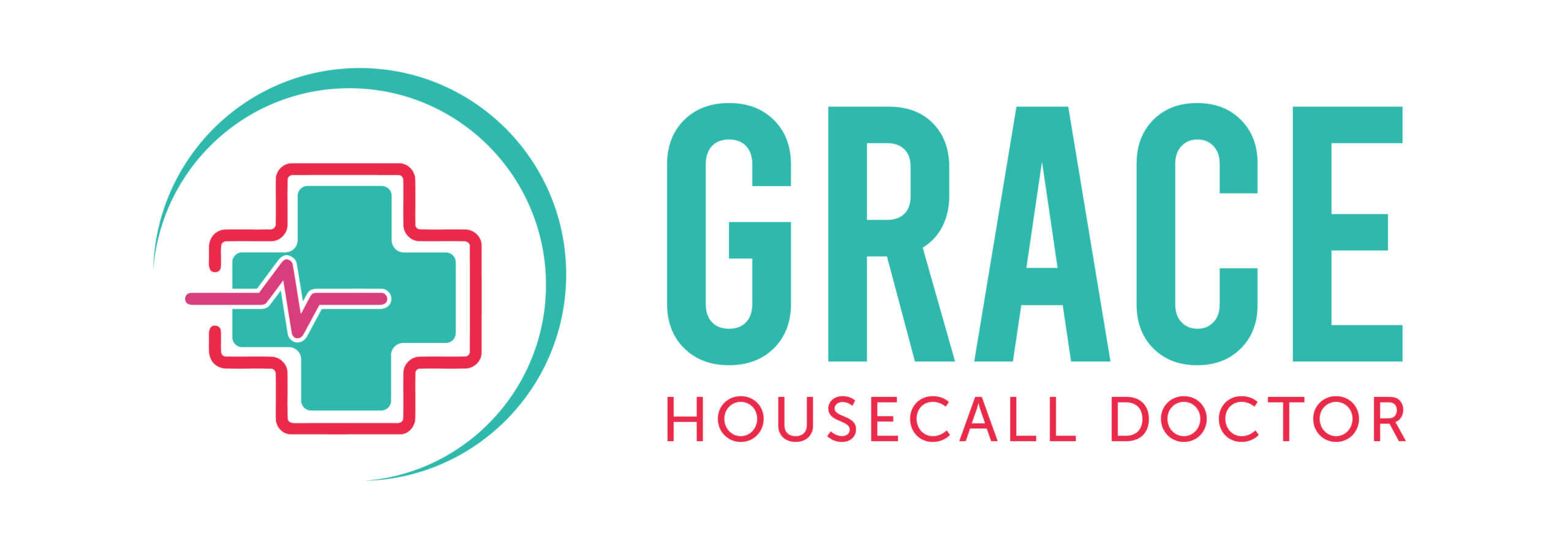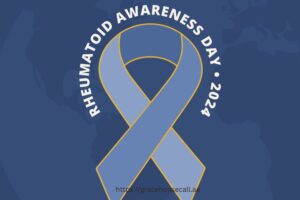World Osteoporosis Day- 20th October

WORLD OSTEOPOROSIS DAY!
The 20th of October is designated as World Osteoporosis Day. The purpose of the day is to increase public awareness of osteoporosis prevention, diagnosis, and treatment. Osteoporosis is a condition where the strength and density of the bones are diminished. Osteoporosis is regarded as a serious public health issue due to its prevalence. According to the International Osteoporosis Foundation, over 200 million people worldwide have osteoporosis.
The International Osteoporosis Foundation (IOF), is actively engaged in educating the public about this debilitating bone disease. Osteoporosis causes bones to become so fragile and brittle that even the smallest action, such as sneezing or falling, can be fatal, resulting in excruciating pain and discomfort from whole bone breaks and fractures.
WORLD OSTEOPOROSIS DAY HISTORY
On October 20, 1996, In the UK, World Osteoporosis Day was inaugurated. The National Osteoporosis Society in the United Kingdom launched World Osteoporosis Day with assistance from the European Commission.
It’s interesting to note that osteoporosis wasn’t even regarded as a serious illness before 1994. The International Osteoporosis Foundation, however, was founded in 1998 as a result of a merger of two well-known organizations dedicated to public education about osteoporosis.
The European Foundation for Osteoporosis (EFFO), founded in 1987, and the International Federation of Societies on Skeletal Diseases (IFSSD), founded in 1995, collaborated to create the IOF. The focus and pooling of resources for researchers, medical professionals, and other health advocacy groups fighting osteoporosis were improved by unifying both organizations under one roof.
The World Health Organization (WHO) of the UN and the IOF began co-sponsoring World Osteoporosis Day activities in the late 1990s. Since then, the IOF has assumed a significant amount of the initiative in supporting awareness-raising activities all over the world.
Bone density testing is one of the most crucial WOD activities. Less dense bones are more likely to break or fracture easily during sudden movements or minor falls. These bone density examinations are accessible on WOD globally. However, events are happening all over the world that are not only fun but also raise awareness.
World Osteoporosis Day (WOD) and its Importance
Bones that have osteoporosis become extremely fragile and brittle. It typically doesn’t exhibit any symptoms until the fracture occurs. When a person has osteoporosis, their bones become so brittle that even a small fall, bump, or sudden movement can cause a fracture. As people age, their chances of developing osteoporosis increase. It ranks among the top reasons for fractures in the elderly. Due to the asymptomatic nature of this bone disorder, maintaining bone health is crucial to avoiding complications from bone fractures.
One of the main causes of fatal pain and long-term disability in the elderly is osteoporotic fractures, which are thought to affect 1 in 3 women and 1 in 5 men over the age of 50 worldwide. Only 20% of patients with osteoporosis receive a diagnosis or treatment, which is also due to inadequate healthcare infrastructure, facilities, accessibility, and awareness.
Elderly women are more likely to develop osteoporosis than younger women; after 5-7 years following menopause, they typically experience a 20% loss in bone density. World Osteoporosis Day (WOD), with the assistance of concerned organizations and individuals from all over the world, raises awareness of the condition, encourages people to get an early diagnosis, check their bone density, and take appropriate action to prevent any future complications with bone health. Adhering to a specific lifestyle and maintaining a healthy diet can help ensure strong bones and prevent osteoporosis from developing over time.
World Osteoporosis Day!Reasons
The following is a list of a few reasons for osteoporosis. But you must always reach out to your doctor for expert advice.
- If there is a significant family history of osteoporosis. If any of the parents had a stooped back, or hip fracture.
- Corticosteroid use (as a treatment for other conditions) and rheumatoid arthritis.
- Increased fracture risk has been linked to both type 1 and type 2 diabetes.
- Osteoporosis and bone loss are caused by hyperthyroidism and hyperparathyroidism.
- Falls are the main reason for fractures, so anyone who falls a lot is more likely to break a bone.
- Osteoporosis and fractures are at increased risk for people with a Body Mass Index (BMI) below 19.
- If you spend less than ten minutes a day outside without taking vitamin D supplements, you may be deficient, which could hurt the health of your bones since vitamin D is required for calcium absorption.
- Loss of bone and muscle occurs as a result of insufficient physical activity (less than 30 minutes per day).
- You may be calcium-deficient and at an increased risk of osteoporosis if you avoid dairy products due to an allergy, intolerance, or other conditions and do not take calcium supplements.
- Alcohol abuse, smoking, or having smoked hurts bone health.
During their remaining years, the vast majority of these women are likely to sustain at least one bone fracture. A fracture increases the possibility of getting another one. Vertebral fractures, hip fractures, and wrist fractures are a few of the more typical fractures brought on by osteoporosis.
Women particularly those who have reached menopause, are most at risk of developing osteoporosis. This degenerative bone disease poses a risk to additional people. These people include both men and women with smaller body frames as well as those with a history of the disease in their families. Osteoporosis is also more likely to strike those who do not consume enough calcium and those who have had gastrointestinal surgery.
Osteoporosis has no treatment options. Bone loss cannot be reversed once it has started. This is why doctors always say, the best medicine is prevention. Getting enough calcium is one of the best ways to prevent osteoporosis.
5 Tips for Bone Health and Fracture-Free Bones
Taking care of osteoporosis
Osteoporosis treatment aims to reduce or stop bone loss and avoid fractures. Your healthcare professional will also advise you on the below-mentioned tips:
- Adequate nutrition
- Changes in way of life
- Exercise
- Avoiding falls can help avoid fractures.
- Medications
Regular Exercise:
Make sure that your bones and muscles are moving every day. Weight-bearing, muscle-strengthening, and balance exercises are the best.
A program for treating osteoporosis should include exercise. Strength training and resistance training are among the best physical activities for bone health, according to research. Exercise can strengthen bones both during childhood and adulthood because bone is a living tissue. Exercise, however, no longer boosts bone mass in older adults. Rather, regular exercise can benefit senior citizens:
- Increase your strength and muscle mass, and work on your balance and coordination. This may lessen your risk of falling.
- Enhance daily performance and postpone independence loss.
- Exercise is helpful for people with osteoporosis, but you shouldn’t suddenly or excessively strain your bones during exercise. High-impact exercise should be avoided if you have osteoporosis. A physical therapist or rehabilitation medicine expert can help to prevent accidents and fractures.
- Advise on specific exercises you can do to support and strengthen your back.
- Teach you how to move and perform daily tasks safely.
- Provide a personalized exercise plan based on your needs.
- You might also get assistance creating a safe and efficient exercise program from exercise specialists like exercise physiologists. Including cereals and milk.
Nutrition:
Make sure to eat foods high in nutrients that support strong bones, such as calcium, vitamin D, and protein-rich foods. Additionally, take a daily sunbath to get your vitamin D, which aids in the body’s better absorption of calcium.
Eating a nutritious, balanced diet that contains the following foods is essential for treating osteoporosis:
- Eating fruits and vegetables in abundance is always advised.
- Calorie intake that is suitable for your age, height, and weight. Your doctor or health care provider can assist you in figuring out how many calories you need daily to stay at a healthy weight.
- Calcium, vitamin D, and protein-rich foods and drinks. These aid in reducing bone loss and preserving general health. To help safeguard and maintain bone health, it’s crucial to eat a diet high in all nutrients.
Vitamin D and calcium are essential nutrients for maintaining healthy bones and preventing osteoporosis. Insufficient calcium intake causes the body to remove calcium from the bones, which can cause bone loss. Osteoporosis may result from this because it can thin and weaken bones.
Suitable calcium sources include:
- Dairy products with low fat.
- Leafy vegetables that are dark green, like bok choy, collards, and turnip greens.
- Broccoli
- Salmon and sardines
- Foods enriched with calcium, including soymilk, tofu, orange juice, cereals, and breads.
Calcium absorption from the intestines depends on vitamin D. After being exposed to sunlight, it is produced in the skin. Several foods, including fatty fish, fish oils, egg yolks, and liver, are naturally sufficient sources of vitamin D.
For the best possible bone health, a healthy diet and lifestyle are essential. You ought to Refrain from smoking and stop if you already do. You must limit your alcohol consumption to one drink per day for women and two drinks per day for men. Contact and ask your doctor about any factors, such as medications or other medical conditions, that could harm your bones or raise your risk of falling when you visit for routine checkups.
Lifestyle:
Prohibit toxic and negative behaviors, stay active, and eat a healthy, balanced diet to maintain a healthy body mass index. Also, abstain from excessive alcohol consumption and smoking.
Testing and Treatment:
Seek a second opinion from your physician if you have any concerns or risk factors so that you can receive an early diagnosis and treatment.
People who get osteoporosis as a result of another illness should consult their doctor to determine what the other illness was and seek treatment from their doctor to make sure they are better now. For instance, if you take a medication that results in bone loss, your doctor may reduce the dosage or change your medication. You can take specific drugs authorized for the prevention or treatment of osteoporosis if you have a condition that necessitates long-term glucocorticoid therapy, such as rheumatoid arthritis or chronic lung disease.
FAQ’s for Osteoporosis
How does one diagnose osteoporosis?
The combination of evaluating risk factors and doing a full body Bone Mineral Density (BMD) assessment using a Dual-Energy X-ray absorptiometry, or DEXA scan, of the spine, lower back, and hips is the gold standard for diagnosing osteoporosis. DEXAs are quick and painless.
What is the treatment for osteoporosis? How is that handled?
Although osteoporosis cannot be cured, there are things you can do to stop, slow, or avoid its progression. You might even be able to partially reverse the disorder and increase bone density in certain situations. The important things are to eat the right foods, exercise with weights, get enough calcium and vitamin D, and get enough of each.
I feel stuck with osteoporosis. How do I proceed?
Osteoporosis diagnoses can cause anxiety, depression, and low self-esteem. Feelings of aging and fragility may arise in response to this diagnosis. It could set off a vicious cycle of fear of falling, which would keep you from engaging in enjoyable physical activities. The following are some actions you can take to improve your emotional well-being:
– Osteoporosis management should be your top priority. Although there isn’t a treatment, there are decisions you can make to potentially stop or slow its progression. Aim for the recommended daily intake of both calcium and vitamin D. You might want to consult with a nutritionist if that’s what’s necessary for you.
-Keep on moving. Stress causes the bone to grow! Just remember to consult your physician before starting a new fitness regimen. The “feel-good” hormones called endorphins can also be released through exercise.
– Sign up for a support group to realize you’re not alone! Individuals who are affected by the illness frequently share their excellent coping mechanisms in support groups.
– Seek treatment for your depression; if these symptoms persist for longer than two weeks, consult your physician. Numerous treatments or medications are available to assist!
-Consider physical therapy; it can help you become more at ease and self-assured so that you can engage in both enjoyable activities and daily tasks.
– Discover your happiness –We all appreciate the things that make us happy. List the things that bring you joy and work toward incorporating those things into your life.
Reminder:
One must make sure to be alert, participate in educational initiatives, and be up to date with the new updates and technological/ medical advancements. You must know about osteoporosis, its signs, and symptoms so that quick action can be taken to stop any complications from arising if you notice any.







